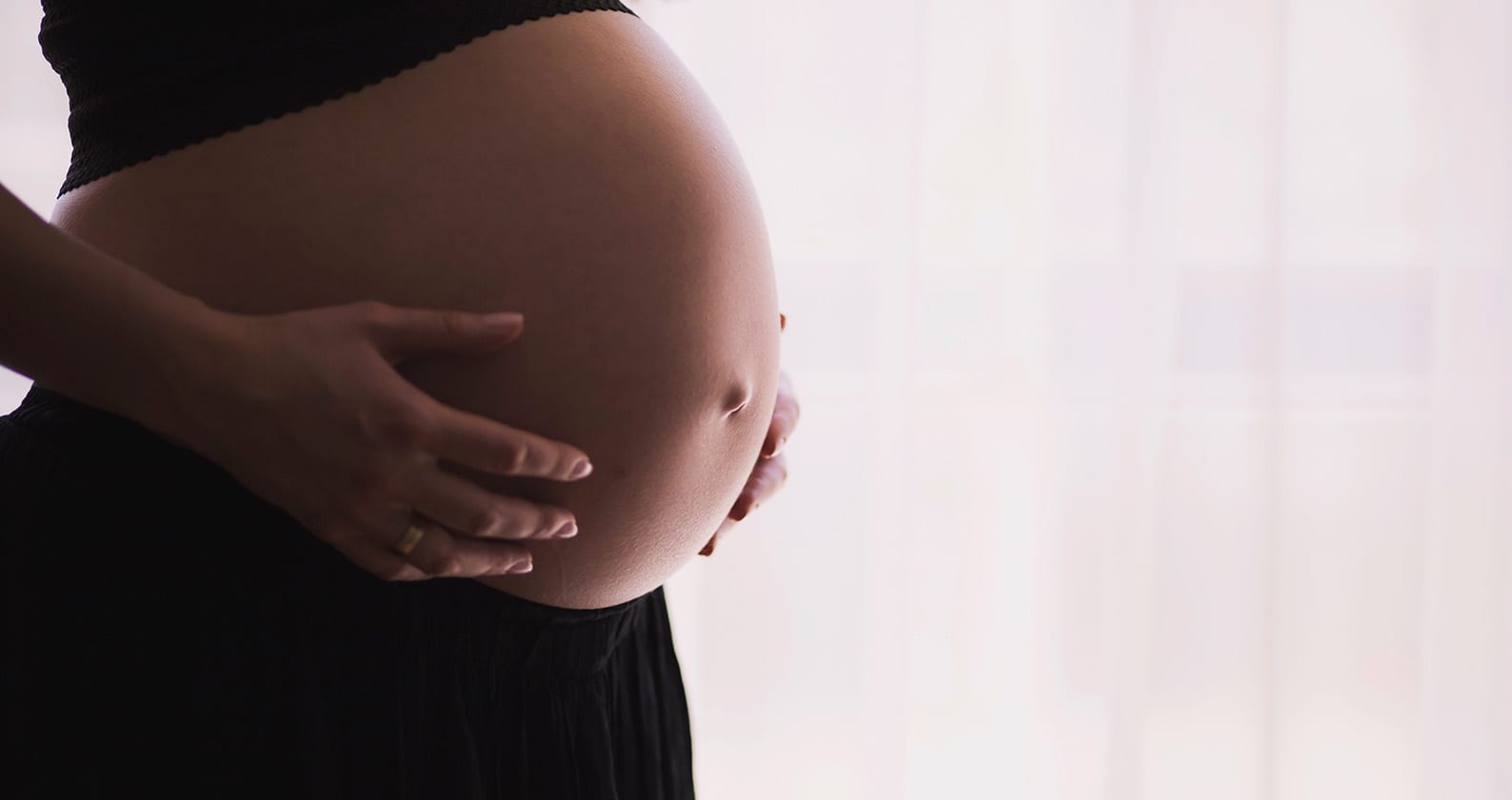New Curtin research could help prevent stillbirths after finding more than half of them can potentially be predicted during pregnancy with the use of machine learning – a method of data analysis using artificial intelligence.
The research, published today in Scientific Reports, applied machine learning methods to predict stillbirth using data from almost one million pregnancies in WA using a large range of predictors including current pregnancy complications, congenital anomalies, maternal characteristics, and medical history.
Lead author Associate Professor Gavin Pereira, from the School of Public Health at Curtin, said the research was significant because worldwide there is currently no quantitative risk assessment for stillbirth to inform clinical decision-making and antenatal practice.
“The study population consisted of all births to women in Western Australia from 1980 to 2015, excluding terminations and including 947,025 livebirths and 5788 stillbirths,” Associate Professor Pereira said.
“Through our use of machine learning methods and using data from these almost one million pregnancies from WA we were able to demonstrate successful prediction of up to 59% of all stillbirths if we are willing to accept 10% false positives (i.e. that 10% of those that are live born test positive).
“Predictive models for stillbirth were developed using multiple machine learning classifiers and predictors included maternal socio-demographic characteristics, chronic medical conditions, obstetric complications and family history in both the current and previous pregnancy.”
Associate Professor Pereira said identification of pregnancies at elevated risk of stillbirth was traditionally challenging and studies were often hampered by small sample sizes of typically less than about 500 stillbirths and other limitations.
“Advances in computation and the increased availability of open-source software have created the opportunity to improve stillbirth prediction using machine learning,” Associate Professor Pereira said.
“Identifying risk of pregnancy problems early allows doctors to better monitor pregnancies and allows timely application of interventions.
“This could include scheduled ultrasounds to identify foetal growth problems, prescribing aspirin to prevent pre-eclampsia, treatment with progesterone to prevent preterm birth, or induction of labour near term.”
The research paper titled, ‘Stillbirth risk prediction using machine learning for a large cohort of births from Western Australia, 1980 – 2015,’ can be found online here.



